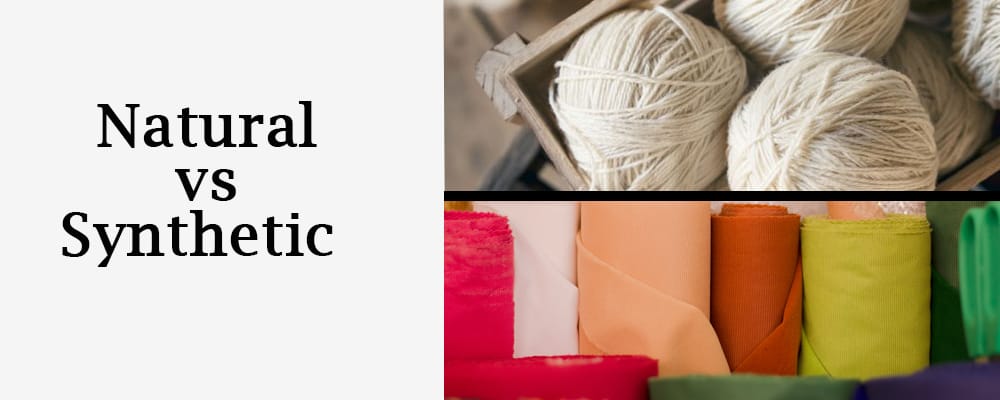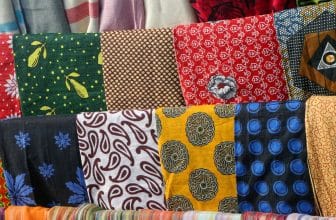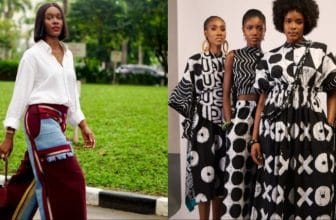Understanding the Difference Between Natural and Synthetic Fabrics

Introduction
Every fabric you touch has a story — from the fields of cotton and silk farms to the chemical labs that produce polyester and nylon. But one of the most common questions among designers, tailors, and customers is:
“What’s the real difference between natural and synthetic fabrics?”
Understanding that difference helps you make smarter choices — whether you’re shopping, designing, or sourcing materials for production.
Let’s break it down simply.
1. What Are Natural Fabrics?
Natural fabrics are made from fibers found in nature — from plants or animals. Common examples include:
• Cotton – breathable, soft, and easy to care for
• Linen – light, cool, and elegant
• Silk – smooth, luxurious, and drapes beautifully
• Wool – warm, elastic, and durable
These fibers are spun directly from natural sources and are often biodegradable, making them an eco-friendly choice.
Pros:
![]() Breathable and gentle on skin
Breathable and gentle on skin
![]() Biodegradable and sustainable
Biodegradable and sustainable
![]() Soft, natural feel
Soft, natural feel
Cons:
![]() Can wrinkle easily
Can wrinkle easily
![]() More expensive to produce
More expensive to produce
![]() Sensitive to washing and sunlight
Sensitive to washing and sunlight
2. What Are Synthetic Fabrics?
Synthetic fabrics are man-made fibers created through chemical processes, usually derived from petroleum. Common examples include:
• Polyester – durable, wrinkle-resistant, and affordable
• Nylon – strong, elastic, and lightweight
• Acrylic – soft, wool-like, and colorfast
• Spandex (Lycra) – extremely stretchy and flexible
These fabrics are designed to mimic natural materials but often come with added durability and performance benefits.
Pros:
![]() Easy to wash and maintain
Easy to wash and maintain
![]() Affordable and long-lasting
Affordable and long-lasting
![]() Resistant to shrinking and fading
Resistant to shrinking and fading
Cons:
![]() Less breathable
Less breathable
![]() Not biodegradable
Not biodegradable
![]() Can feel artificial or trap heat
Can feel artificial or trap heat
3. How to Choose Between Them
The choice depends on your purpose:
• For comfort and breathability → choose natural fabrics.
• For activewear or upholstery → synthetics work better for durability.
• For sustainability → consider recycled synthetics or organic naturals.
Many designers now use blended fabrics (like cotton-polyester) to balance comfort, cost, and performance.
4. The Rise of Eco-Friendly Innovations
The line between natural and synthetic is blurring. New technologies are creating bio-based synthetic fabrics, such as recycled polyester made from ocean plastic or plant-based alternatives to nylon.
These innovations give the performance of synthetics with the conscience of naturals — a win for both the planet and the consumer.
Closing Thoughts
Natural vs synthetic isn’t about good vs bad — it’s about purpose.
Every fabric has its role, its strength, and its beauty. The key is understanding what each brings to the table and choosing what aligns with your design goals and values.
When you respect your material, your creations carry more meaning — and that’s where true craftsmanship begins.






